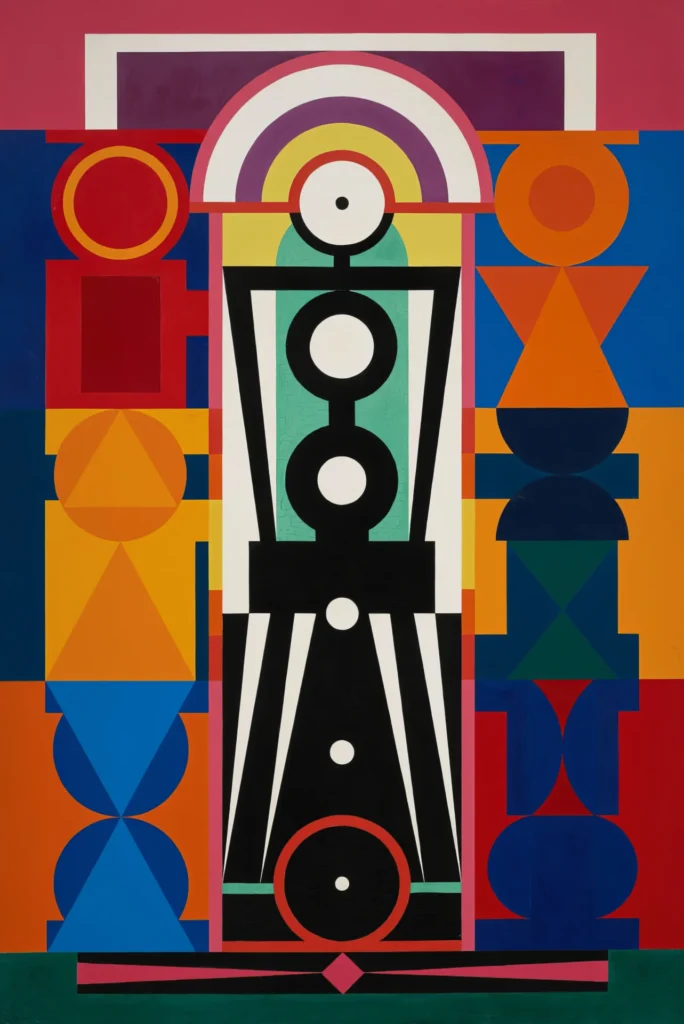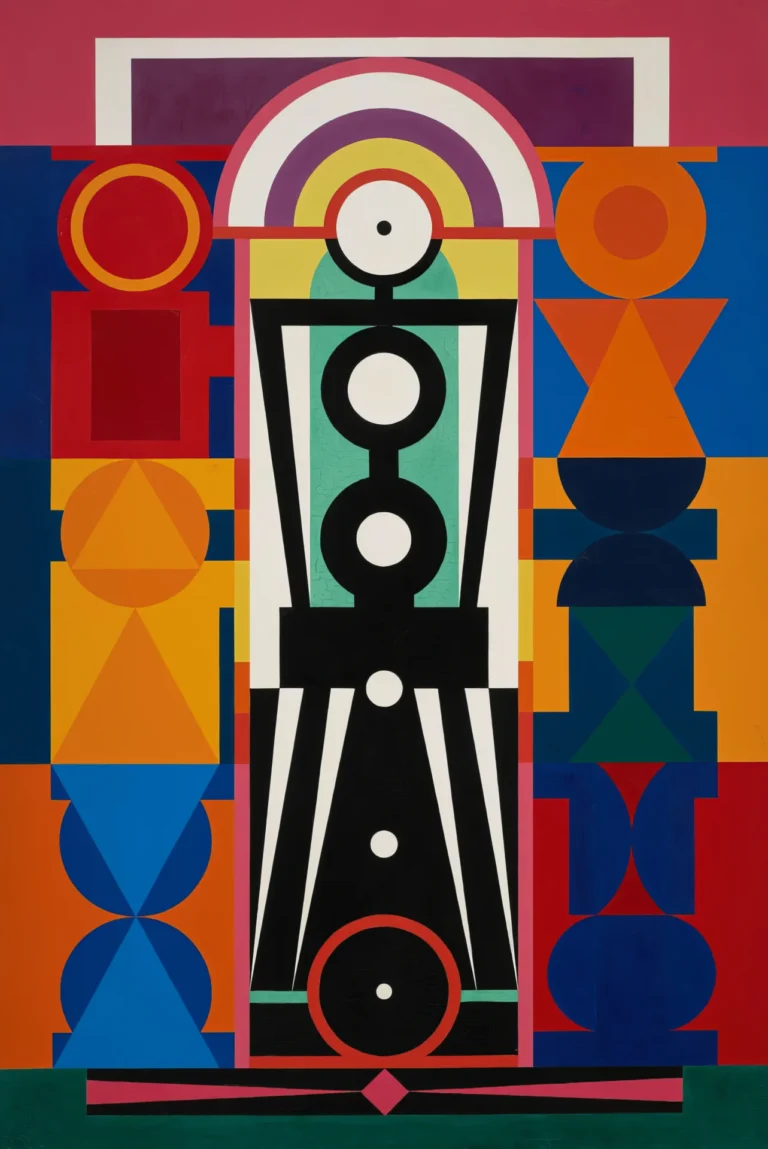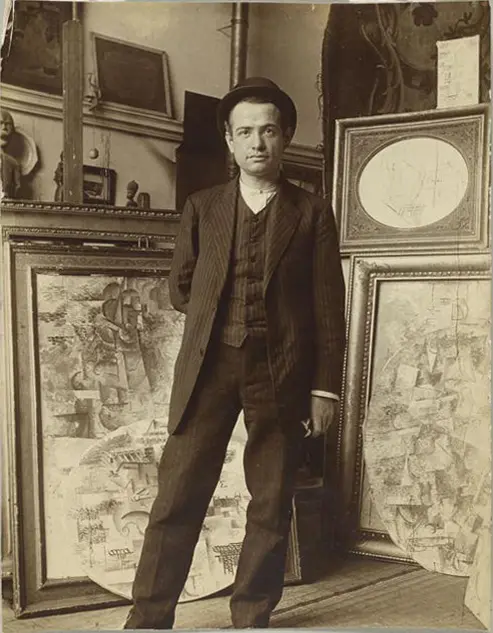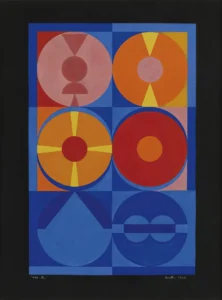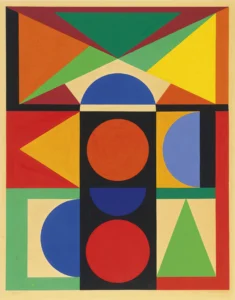Christ (1944)
Created in 1944, Christ by Auguste Herbin is a remarkable exploration of Cubism and abstraction. Defined by its bold geometric shapes and vibrant color palette, this oil on burlap painting measures 195 cm × 129.9 cm (76 3⁄4 x 51 1⁄8 inches). Herbin's innovative approach to depicting the complex figure of Christ melds spiritual themes with modern artistry, thus positioning it as a meaningful reflection of the artist's vision during a turbulent period in history. Though various pieces by Herbin share the same title, this work distinguishes itself as a masterful abstraction predating the major shifts in post-war art.
Year 1944
About the Artwork
Auguste Herbin, known for his dedication to abstraction and Cubism, created Christ in 1944 during a time of significant global upheaval. This work reflects the artist's desire to blend the spiritual with the modern, using vibrant colors and geometric shapes to reinterpret a classic religious subject. The tumult of World War II, which was ongoing during the creation of this piece, likely influenced Herbin's artistic choices, motivating him to explore themes of spirituality and resilience. While there is a possibility of confusion with another work titled Christ, this oil on burlap stands alone as a testament to Herbin's visionary talents and reflects the era's shifting artistic priorities.
Did You Know
Herbin was deeply influenced by Cubism, a movement that revolutionized art in the early 20th century. This influence is evident in the geometric abstraction and dynamic forms found in Christ.
Created during World War II, Christ exemplifies how artists like Herbin sought to convey themes of hope and resilience amid the chaos of war, emphasizing the revitalizing power of art.
While titled Christ, the piece’s abstraction allows for multiple interpretations—viewers may see various aspects of spirituality, humanity, and modernity, demonstrating Herbin’s skill in evoking thought through design.




